Mousetraps in Motion
A mousetrap is a stellar example of converting potential energy to kinetic energy. The spring of the mousetrap is held back with a bunch of […]
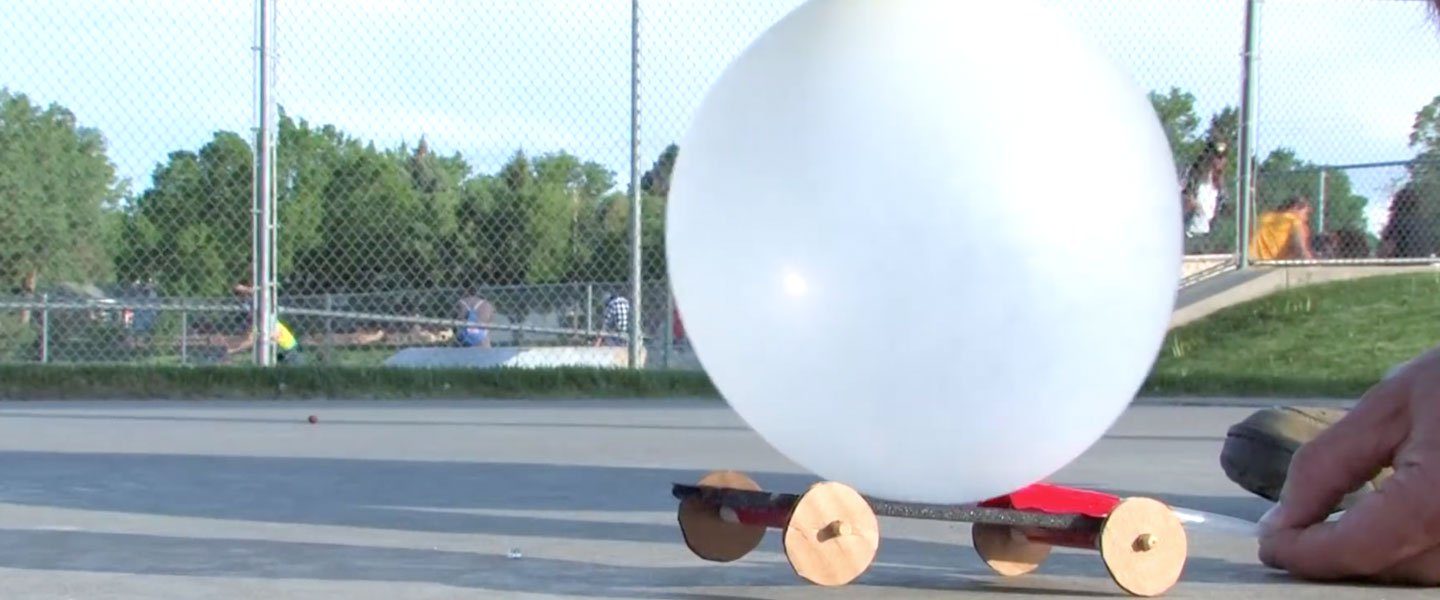
When it comes to powering a race car, there are a lot of options. Some cars use gasoline, diesel fuel, rocket fuel, or other combustible material. Some have used solar power to charge batteries. You can power a miniature race car with a rubber band or a mousetrap. In the Balloon-Powered Car, we’ll show you how to build your own racer and then use air pressure to zip it across a surface.
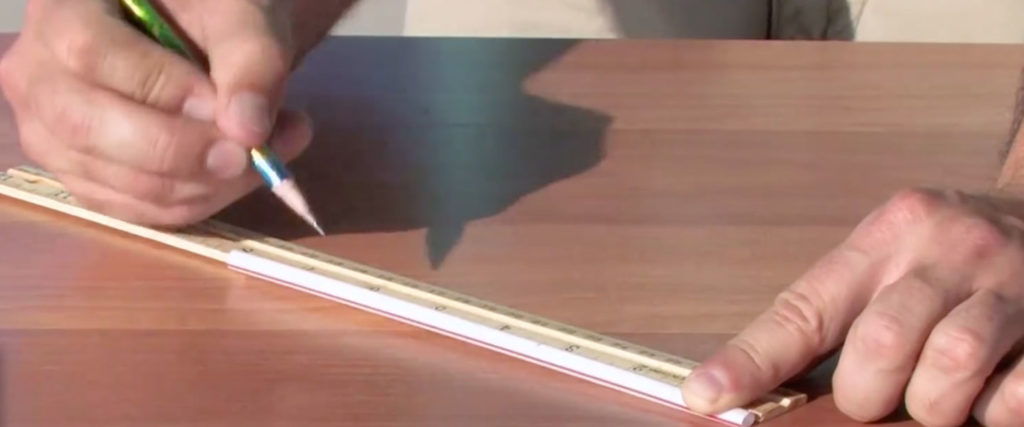
Use the ruler to measure two, 3” (8 cm) pieces from one of the straws. Grab the scissors and cut the two pieces from the straw. These pieces will hold the axles of your car.
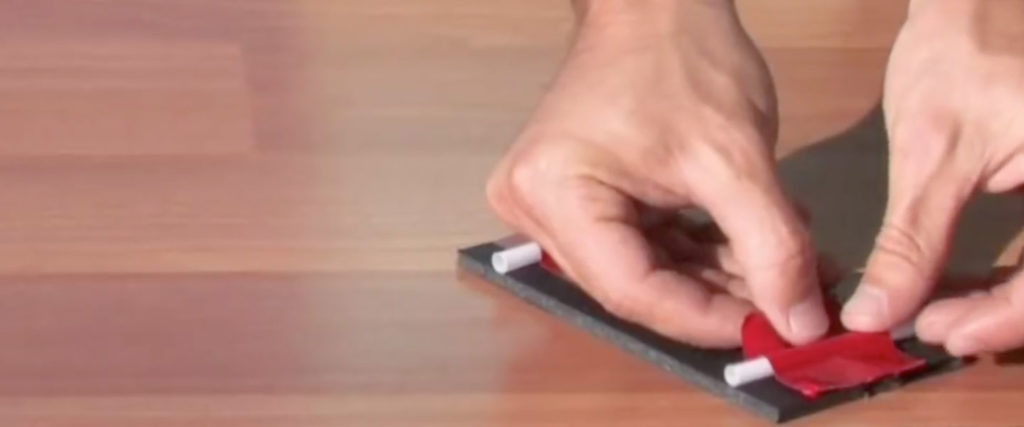
You have some choices to use for the frame or base of your car. One is very rigid cardboard that holds its shape well. Another is called foam core. It’s also rigid and light weight. It’s available in most school or business aisles of grocery stores and pharmacies as well as at any business supply store. It’s a foam material sandwiched between very stiff paper. It’s not too expensive and you’ll need only a single piece. It comes in colors, too, so be choosy.
Cut out your base material so that it measures about 3 x 6” (7.5 x 15 cm).
Securely tape the two straws you just cut to the underside of the base. Since they hold the axles, the straws need to be as parallel to each other and as perpendicular to the centerline of the base as possible.
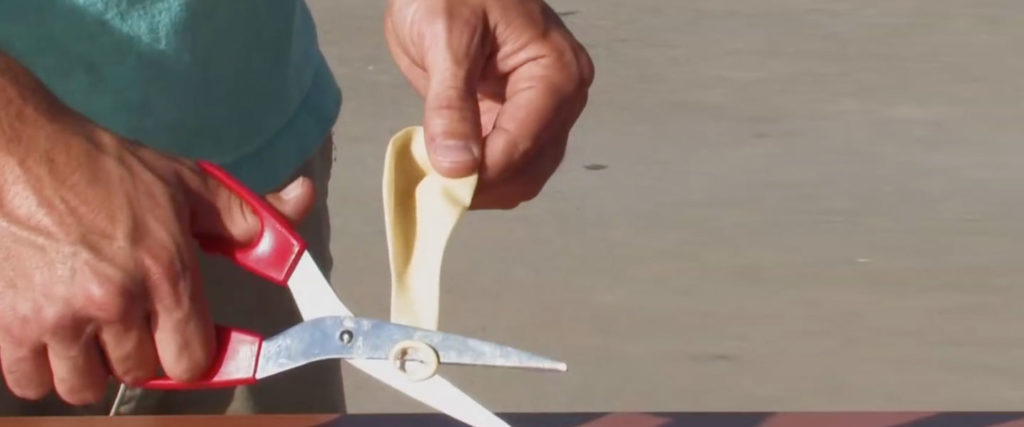
Almost all balloons have a mouthpiece on them that you blow through to inflate them. Use the scissors to trim this ring off of the balloon. The goal is to insure a tight seal to the straw in the next Step.
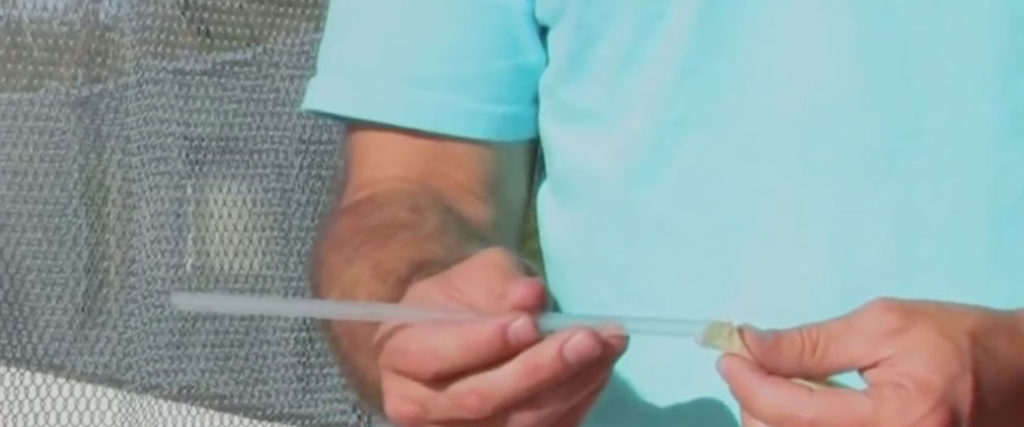
Slide the straw into the balloon about 2” (5 cm) and use tape to make it an airtight connection. The tape needs to touch both the balloon and the straw for a couple of tight, spiral wraps.
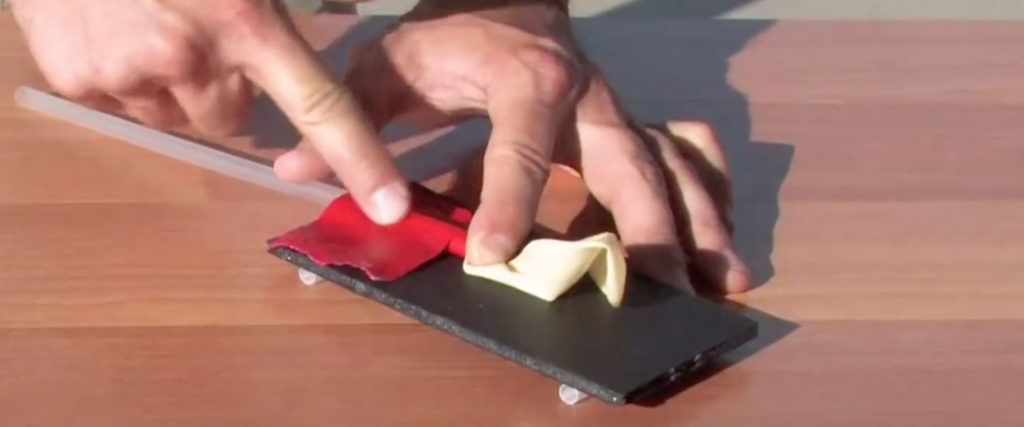
Turn the base so the straws are on the bottom and decide which end will be the front and which will be the rear of your car. You want to place the straw toward the rear of the car and the balloon toward the front in about the center of the base. The straw sticks way out of the back and it needs to be as straight as you can make it. Securely tape the straw in place over the tape already on it from Step 4.
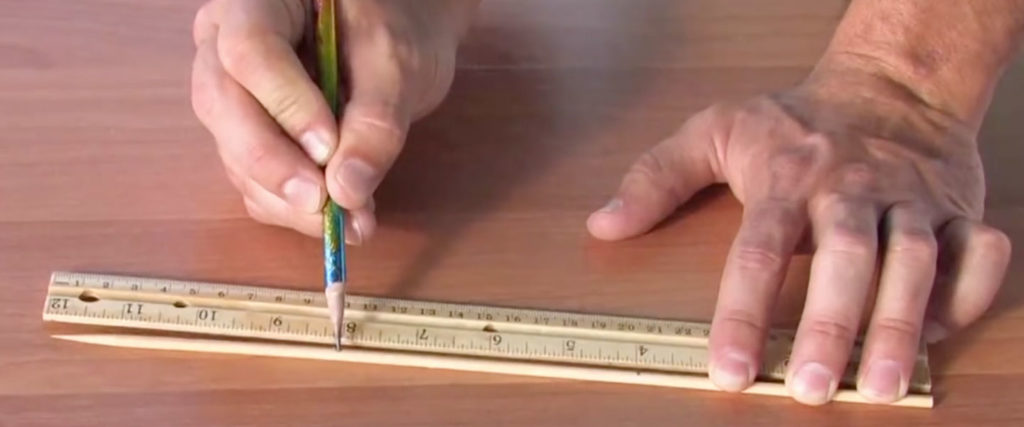
From the flat end (not the pointy end) of the skewer, measure two 4” (10 cm) lengths. With the scissors or a small saw, cut the measured lengths. These are the axles for your car. Save the pointy end for the next Step. Slide the new axles into the straws on the base.
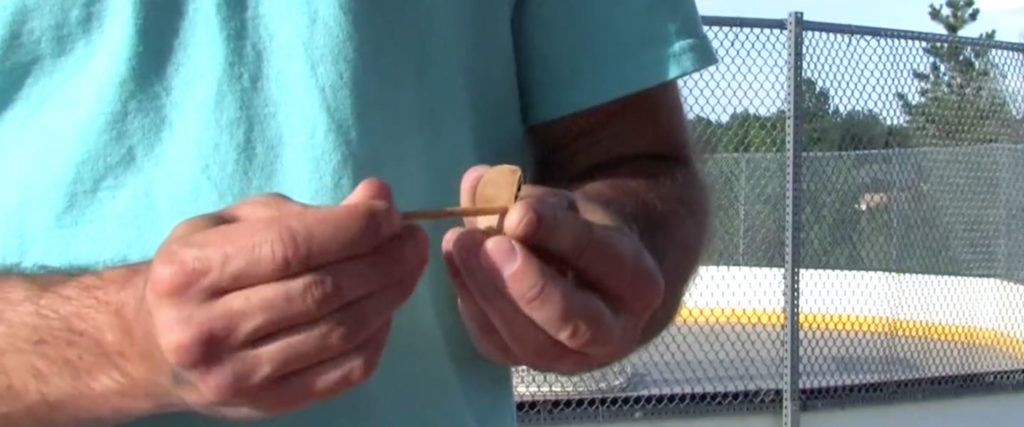
Use the soda bottle cap to trace four circles on the cardboard. These will be the wheels for your car so draw them carefully. Use the ruler to draw two diameters on each wheel. You need to know where to find the center of each. Cutting out the wheels is as important as having parallel axles so take your time. Use the best tool you have to make them the same size and as evenly round as you can.
Use the pointy end of the skewer to poke a small hole through the very center of each wheel. That would be where the two diameter lines cross.
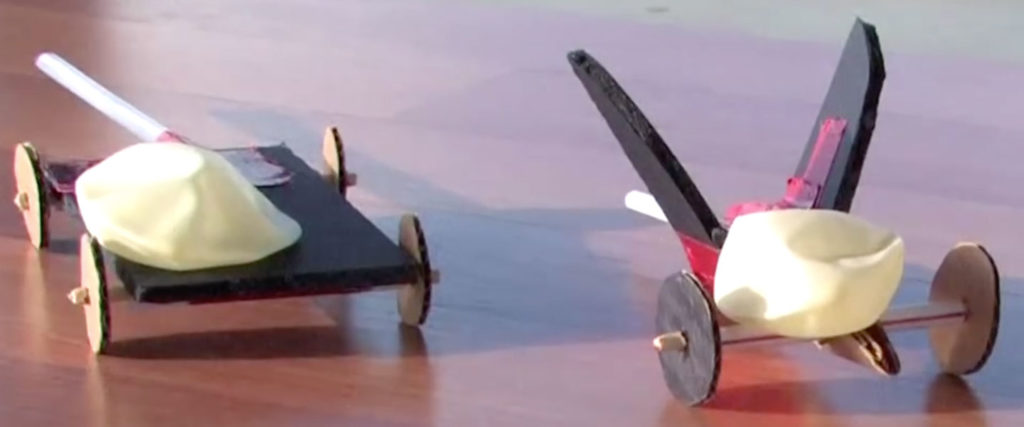
Attach the perfectly round wheels to the perfectly parallel axles through the perfectly centered holes. Keep the wheels perfectly parallel to and aligned perfectly with each other, too. Perfect! OK, that was a little much but the alliteration was fun. Just do your best and enjoy yourself as well.
This is the power moment! Go to your preferred track location (any hard surface works) and fuel your racer with potential energy by inflating the balloon. Block or pinch the straw as you set up on the start point and then release it when you’re ready to roll. Potential energy converts to kinetic energy, Newton’s Third Law of Motion kicks in, and your racer screams down the track!
The concept behind the Balloon-Powered Car is pretty simple, but that doesn’t make it any less impressive. When you blow up the balloon, set your racer down, and let it go, escaping air from the balloon rushes out of the straw. This is your car’s propulsion system. As briefly mentioned in Step 8, the principle at work is Newton’s Third Law of Motion. This law states that for every action, there is an equal but opposite reaction. In the case of the Balloon-Powered Car, the action is the air rushing from the straw and pushing against the air behind the car. The reaction is the air behind the car pushing against the car with the same force causing the forward movement of the car.
The potential energy of the car is stored in the expanding elastic material of the balloon. As the balloon fills with air, it adds more potential or stored energy. As the air flows from the balloon, the energy changes to kinetic energy or the energy of motion. The moving Balloon-Powered Car is using kinetic energy. If you aim your car down a ramp from the top of the ramp, just lifting it up into position adds potential energy thanks to gravity. Upon release, the energy converts to kinetic and the car goes until there’s not enough to move it anymore.
The first part of Step 8 was in fun but the points are correct. The rounder the wheels, the better. The parallel axles and wheels mean the car will travel in a straight line and not veer one way or the other and lose energy doing so. Centering the wheel on the axle means it rolls evenly without a wobble or an up and down movement which, you guessed it, eats up energy that could go to speed. Wow! There’s a lot packed into this simple design!
There are a ton of things you can do to personalize and do research with your car: